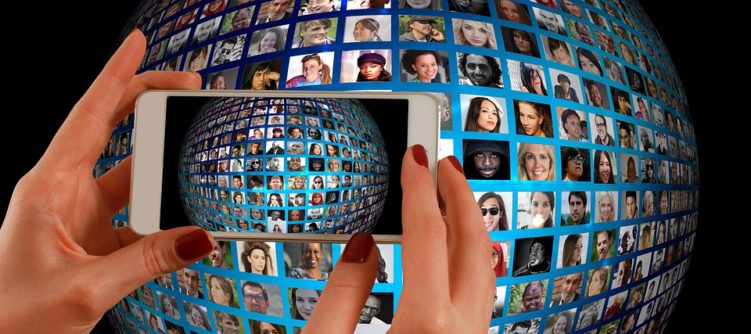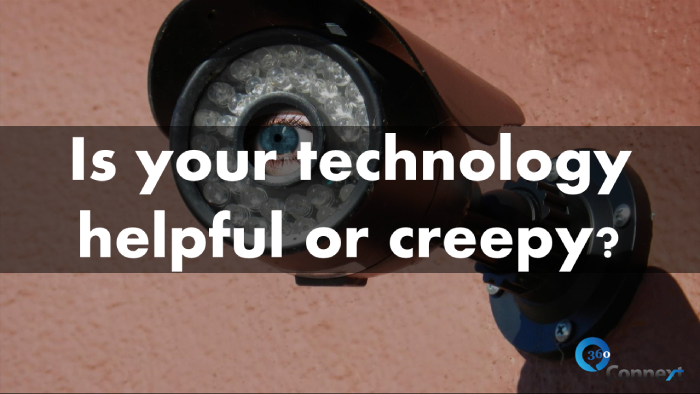
What if the future of mobile has nothing to do with the phone in your hand?
While “Mobile First” has been the mantra for at least the last few years for most smart companies, it’s really only taking off now. And now it’s almost too late.
After attending several sessions, keynotes and panels at the CONNECT Mobile Innovation Summit for Retail & Restaurants, I am excited about the future of mobile. But it’s not the mobile app your CMO thinks is the answer. It’s the opportunity to truly connect with customers when they need you the most.
Here are a few themes I heard throughout the conference.
According to the Internet Retailer 2016 Mobile 500 Guide, 30% of U.S. ecommerce was mobile in 2015, and that number is rising as companies learn to embrace and leverage new mobile technologies.
Case in point:
Pizza Hut sales are now 70% digital. 50% of those are via mobile devices. Think about how different that is than just 2 years ago! And the numbers around mobile continue to be breathtaking.
But while it’s big, it’s also not. Consider the idea of “app fatigue.” We are highly selective when it comes to what apps live on our phones. This means “if you build it” they still might not come download it!
App fatigue. Good luck single-branded #mobile apps. #connectsummit pic.twitter.com/Gb9IxOAv6Z
— Michelle Evans (@mevans14) August 16, 2016
Only your very best customers will make room for your app. That means they buy more, return more frequently, and like your brand more than your average customer.
So why do we treat app users like everyone else? This baffles me. Seems like we should be thanking these customers with more than just the ease of using an app. I think there is a ton of opportunity here.
It almost feels like most apps are one of two things – either loyalty OR a convenience tool. There are a few that are trying to get it right. But many of the apps developed by brands are really about one or the other.
I think it was about 2006 when I first started hearing about the power and potential of geolocation. This was about the time when Foursquare started. Since then, it seems to have taken forever to really make it worth anything. Now, retailers, restaurants and others are enabling customers to get more by simply walking by or visiting. Deals are customized, in-store maps are optimized, and more cool stuff is coming.
As we embrace the Internet of Things (IoT) and begin to connect our dishwashers to the Internet, what does that mean for customers? It means our devices – everything from refrigerators to automobiles – will tell us when they require attention. This also means detergent brands are looking to be the one your washing machine recommends. So this means…advertising? positioning? Whatever you call it, it means brands and retailers will be paying to get your attention via your IoT devices, cars and homes.
This is full of possibility and some interesting questions. Can you opt out as a customer if you buy and connect your device? What about letting the manufacturer know your preferences for a tailored selection? Can you tell it to stop recommending the brand you don’t like?

Related post and Slideshare: Is Your Customer Experience Technology Helpful, or Creepy?
Cars will soon be so connected they help you with remembering your errands as you drive by where you need to go. “Don’t forget to pick up your prescription” the dash might tell you as you drive by the pharmacy. That might be great, but it might be a little icky if you are driving your friends to dinner.
These questions are challenging, but also exciting.
What can we do to make sure the mobile experience is what our customers want it to be?
After all, there was a time we used our mobile phones to make calls. And that was it! Those days are long gone. Now it’s time to be sure your brand is ready.
 Jeannie is an award-winning customer experience expert, international keynote speaker, and sought-after business coach who is trailblazing the movement from “Reactive Customer Service” to “Proactive Customer and Employee Experience.” More than 500,000 people have learned from her CX courses on LinkedIn Learning, and her insights have been featured in Forbes, The Chicago Tribune, The Wall Street Journal and NPR.
Get Jeannie’s insights in your inbox each week by subscribing to The Weekly Win and follow her on LinkedIn, Instagram and YouTube.
Jeannie is an award-winning customer experience expert, international keynote speaker, and sought-after business coach who is trailblazing the movement from “Reactive Customer Service” to “Proactive Customer and Employee Experience.” More than 500,000 people have learned from her CX courses on LinkedIn Learning, and her insights have been featured in Forbes, The Chicago Tribune, The Wall Street Journal and NPR.
Get Jeannie’s insights in your inbox each week by subscribing to The Weekly Win and follow her on LinkedIn, Instagram and YouTube.